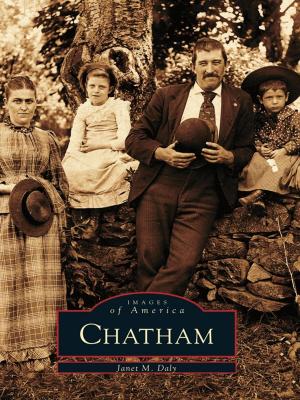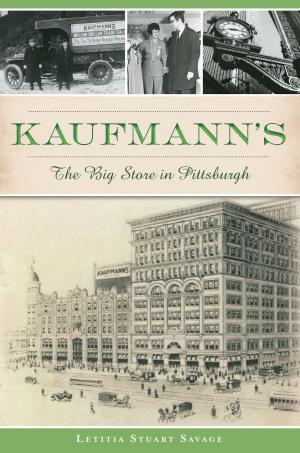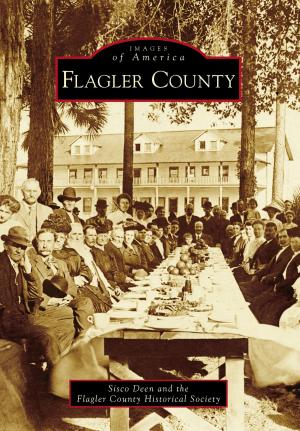Kansas City's Historic Midtown Neighborhoods
Nonfiction, Travel, Pictorials, Art & Architecture, Photography, History| Author: | Mary Jo Draper | ISBN: | 9781439650349 |
| Publisher: | Arcadia Publishing Inc. | Publication: | March 16, 2015 |
| Imprint: | Arcadia Publishing | Language: | English |
| Author: | Mary Jo Draper |
| ISBN: | 9781439650349 |
| Publisher: | Arcadia Publishing Inc. |
| Publication: | March 16, 2015 |
| Imprint: | Arcadia Publishing |
| Language: | English |
The unique character of Midtown--from Thirty-first to Fifty-fifth Streets, State Line to the Paseo--grew out of its development as the streetcar suburbs of an expanding Kansas City. As residents both rich and poor moved out of the crowded downtown area after 1880, Midtown neighborhoods were built. The first wave brought mansions to major streets such as Armour Boulevard, Troost Avenue, and Broadway Boulevard, and later a housing shortage spurred the development of Midtown's unique apartment buildings. Well-known architects and local developers created bungalows, shirtwaists, and tree-lined residential streets. Churches and schools, business districts, movie theaters, and other entertainment venues quickly followed residents in their migration to the "south side." By the 1940s, Midtown's growing residential districts had developed into today's popular neighborhoods, including Center City, Coleman Highlands, Countryside, Crestwood, Heart of Westport, Hyde Park, Manheim Park, Old Hyde Park, Plaza-Westport, Rockhill, Volker, Roanoke, South Plaza, Southmoreland, Squier Park, Sunset Hill, Troostwood, Valentine, West Plaza, and Westwood Park.
The unique character of Midtown--from Thirty-first to Fifty-fifth Streets, State Line to the Paseo--grew out of its development as the streetcar suburbs of an expanding Kansas City. As residents both rich and poor moved out of the crowded downtown area after 1880, Midtown neighborhoods were built. The first wave brought mansions to major streets such as Armour Boulevard, Troost Avenue, and Broadway Boulevard, and later a housing shortage spurred the development of Midtown's unique apartment buildings. Well-known architects and local developers created bungalows, shirtwaists, and tree-lined residential streets. Churches and schools, business districts, movie theaters, and other entertainment venues quickly followed residents in their migration to the "south side." By the 1940s, Midtown's growing residential districts had developed into today's popular neighborhoods, including Center City, Coleman Highlands, Countryside, Crestwood, Heart of Westport, Hyde Park, Manheim Park, Old Hyde Park, Plaza-Westport, Rockhill, Volker, Roanoke, South Plaza, Southmoreland, Squier Park, Sunset Hill, Troostwood, Valentine, West Plaza, and Westwood Park.















